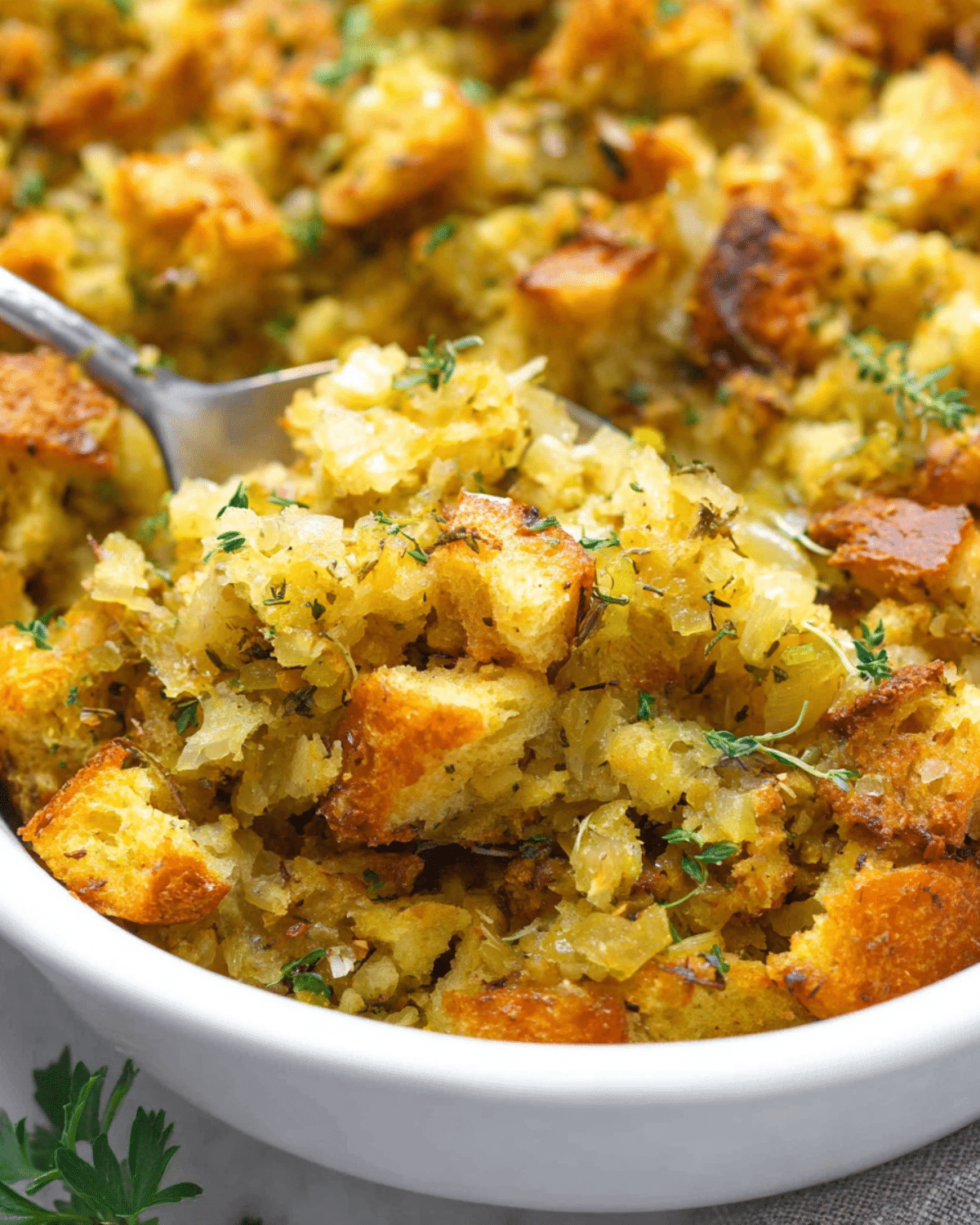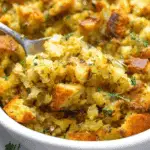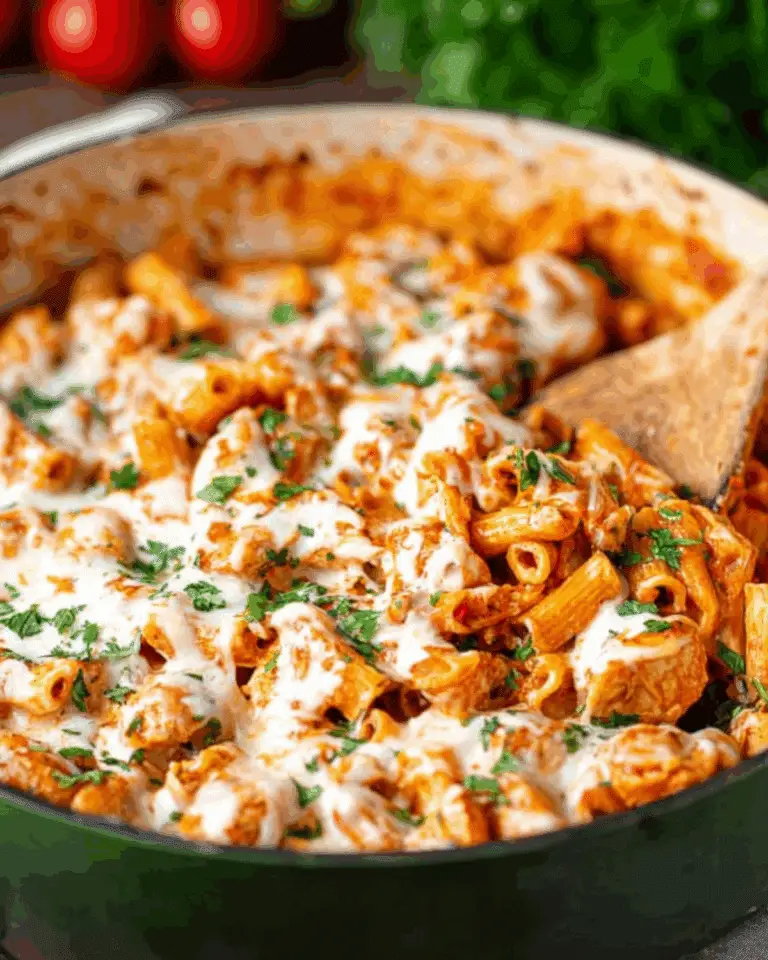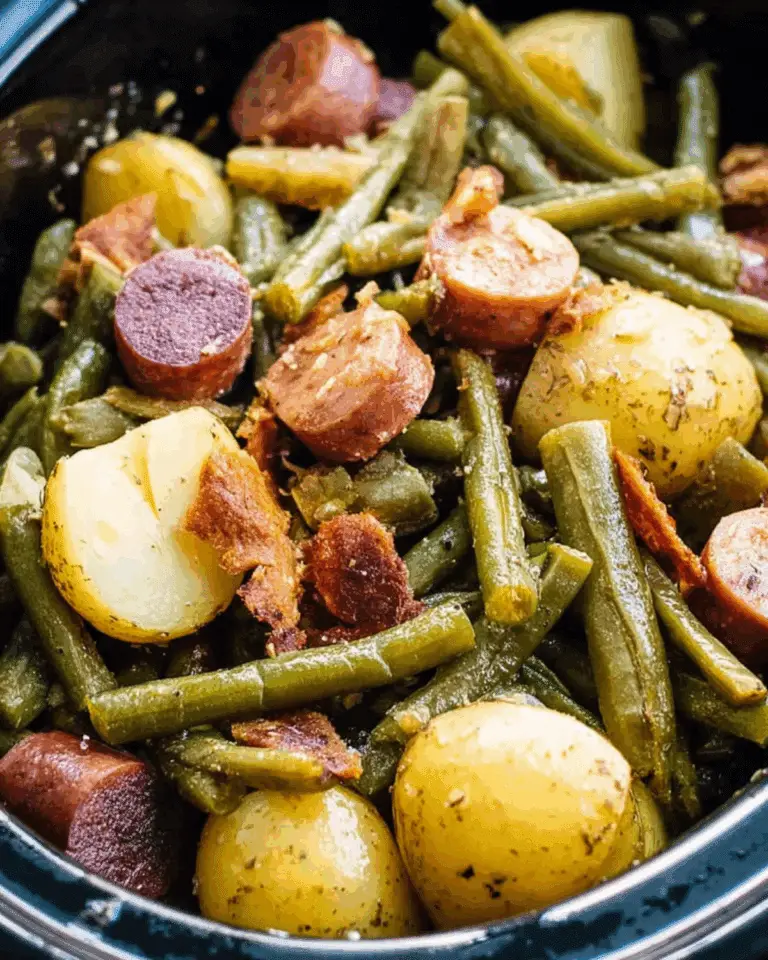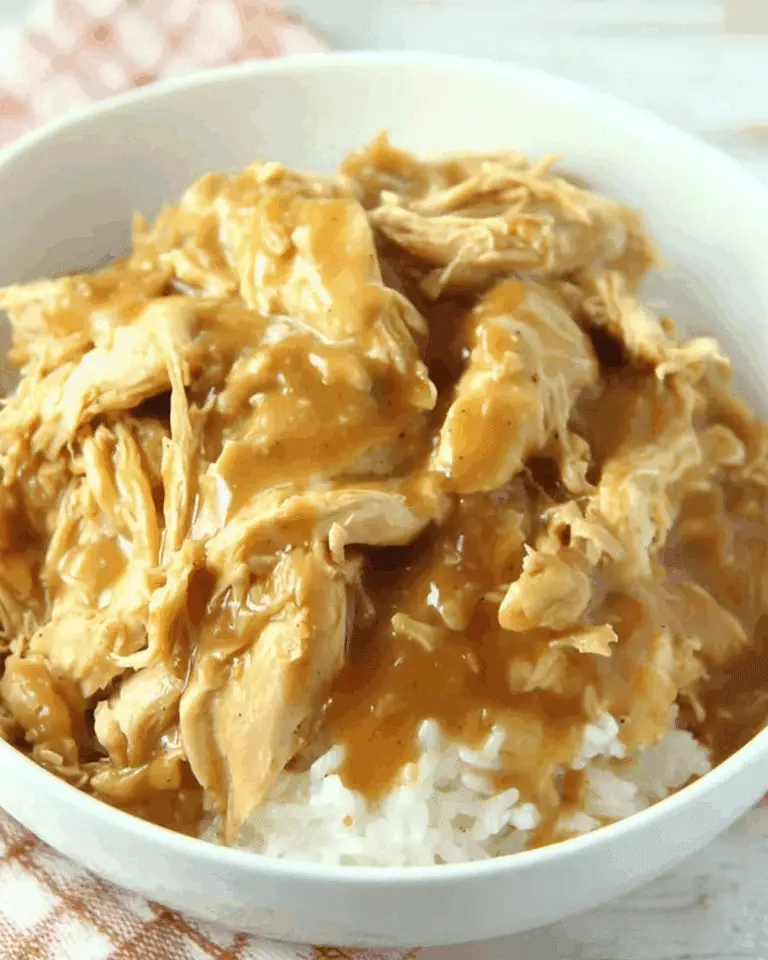The holidays aren’t complete without a warm, savory serving of stuffing on the table. Whether it’s Thanksgiving, Christmas, or a cozy Sunday dinner, perfect homemade stuffing brings people together with its buttery richness, tender bread cubes, and fragrant herbs. In this guide, we’ll walk you through everything you need to know—why this dish deserves a spotlight, the best ingredients to use, and tips to make it just right. If you’ve only ever used the boxed kind, this recipe will absolutely change your mind.
Looking for inspiration? Try our Texas Roadhouse Rolls Recipe to serve alongside your stuffing for the ultimate comfort meal.
JUMP TO
Table of Contents
Why Perfect Homemade Stuffing Is a Must for Every Holiday Table
What Makes Stuffing “Perfect” Anyway?
Stuffing isn’t just a side dish—it’s the flavor backbone of any holiday spread. So, what makes a stuffing “perfect”? It’s the balance of textures and flavors. The ideal stuffing should be crisp on top, moist in the center, and bursting with the savory depth of buttery onions, fresh herbs, and just the right amount of seasoning. The bread should soak up the broth without becoming soggy, and every bite should feel like home.
The Emotional Connection to Traditional Flavors
For many families, stuffing holds a nostalgic place on the table. Maybe it’s the scent of sage wafting through the house or the soft crunch of golden croutons that takes you back to your grandmother’s kitchen. That’s what perfect homemade stuffing offers: a delicious way to carry tradition forward while making new memories. Discover great ideas like our Cheesy Root Vegetable Gratin Recipe that pair beautifully with stuffing to complete your meal.
Better Than Boxed: Homemade vs. Store-Bought
Boxed stuffing may be quick, but it can’t hold a candle to the homemade version. Store-bought mixes are often overly salty, lack depth, and turn mushy fast. Homemade stuffing gives you full control—whether you prefer rustic sourdough, hearty whole wheat, or aromatic garlic croutons. Plus, you can customize it with your favorite add-ins like mushrooms, apples, or sausage. Once you’ve tasted the real thing, there’s no turning back. Don’t miss our Creaminess Baked Mashed Potatoes for another homemade comfort dish worth trying.
Essential Ingredients for Perfect Homemade Stuffing
The Best Bread Choices and How to Prep Them
Bread is the backbone of any stuffing, and using the right kind makes all the difference. Avoid soft or fresh bread—it’ll turn mushy. Instead, go for day-old or dried-out bread like crusty French bread, sourdough, or rustic Italian loaves. Better yet, make your own garlic croutons by cubing and toasting your bread with a touch of butter and garlic powder. This adds an extra punch of flavor and a hearty, chewy texture that holds up beautifully during baking. Check out our Crusty Italian Bread Recipe if you want to go fully from scratch.
Classic Herbs and Their Holiday Magic
What really sets homemade stuffing apart are the herbs. Sage, thyme, and parsley are traditional favorites, infusing the dish with aromatic, earthy notes that scream holiday. Sage pairs especially well with poultry and gives stuffing its iconic flavor. Always opt for fresh herbs if you can—they bring brightness and fragrance that dried versions just can’t match.
Butter, Broth, and Aromatics — The Flavor Trio
This trio is non-negotiable: butter, broth, and aromatics like onion, garlic, and celery form the flavor foundation of perfect stuffing. Start by sautéing your vegetables in melted butter until they’re tender and fragrant, then pour in your favorite broth (chicken or veggie both work well). This mixture is soaked up by the bread, creating a rich, savory depth in every bite. A pinch of salt and freshly ground pepper rounds it all out.
Optional Add-ins That Elevate the Dish
Want to kick things up a notch? Add-ins like sautéed mushrooms, cooked sausage, diced apples, or cranberries can transform traditional stuffing into a custom dish that fits your family’s preferences. These additions lend texture, color, and contrast—perfect for those who love variety on their plate. For a lighter pairing option, try our Cucumber Avocado Salad Recipe to balance out your holiday plate.
How to Make the Perfect Homemade Stuffing from Scratch
Step-by-Step Instructions from Toasting to Baking
Making stuffing from scratch is easier than most people think—it just takes a little prep and the right order of steps. Start by preheating your oven to 350°F. If you’re using fresh bread, cube it and bake it for about 15 minutes to dry it out or use prepped garlic croutons for enhanced flavor.
Next, melt butter in a large skillet and cook chopped onions, celery, and garlic until soft and translucent. Pour in chicken or vegetable broth and bring the mixture to a simmer. Stir in your dried bread or croutons, add fresh herbs like parsley, sage, and thyme, and gently combine everything in the pan.
Transfer the mixture into a greased baking dish and bake uncovered for 40 minutes. Rotate the pan halfway through for even browning. When the top is crisp and golden but the center stays moist, it’s done. Let it sit for 10 minutes before serving so it firms up beautifully.
Looking for a low-effort dinner? Don’t miss our Crockpot Kielbasa and Green Beans for a stress-free crowd-pleaser.
Pro Tips to Avoid Soggy or Dry Results
Stuffing that’s too wet feels like mush. Too dry? It crumbles. The trick is balance. Use the right ratio of broth to bread (about 1¾ cups broth for 6 cups of bread) and stir gently—don’t overmix. If your stuffing looks too dry before baking, drizzle a bit more broth over the top. If it’s too wet, let it sit a few extra minutes uncovered before placing it in the oven. Use a shallow baking dish to help it cook evenly and avoid soggy bottoms.
Also, avoid pressing the stuffing too firmly into the dish. A loosely packed mix bakes more evenly and delivers that iconic crisp top and moist middle.
Make-Ahead Instructions for Stress-Free Holidays
One of the best things about perfect homemade stuffing is that it can be prepped ahead of time. You can prepare the entire stuffing mixture up to one day in advance—just cover and refrigerate. When ready to bake, bring it to room temperature first. If needed, stir in a splash of broth before baking to rehydrate the bread.
Want to batch cook your side dishes too? Try our Crock Pot Chicken and Rice Recipe—it’s another hands-off meal great for the holidays.
Serving Suggestions and Pairings
What to Serve Alongside Stuffing for a Complete Meal
While stuffing is traditionally served with roast turkey, it also pairs beautifully with roasted chicken, glazed ham, or even pork tenderloin. To round out your feast, add creamy mashed potatoes, green bean casserole, and a crisp salad.
Need bread on the table too? Our Fluffy Ciabatta Bread Recipe makes the perfect companion for mopping up gravy.
Delicious Leftover Ideas You’ll Actually Want
Don’t toss leftover stuffing—it’s incredibly versatile! Use it as a base for stuffing muffins (just press into a muffin tin and bake), stir it into scrambled eggs for a breakfast hash, or add it to a Thanksgiving sandwich with turkey and cranberry sauce. You can even mix it into soups for added bulk and flavor.
Storing and Reheating Tips for Best Flavor and Texture
Let your stuffing cool completely before refrigerating in an airtight container—it’ll keep for up to 4 days. To reheat, cover it with foil and bake at 325°F for 20 minutes. Add a splash of broth before baking if it’s dried out. For a crisp top, remove the foil during the last 5 minutes of baking.
You can also freeze stuffing for up to 1 month. Thaw overnight in the fridge and reheat as above.
Common Mistakes When Making Homemade Stuffing
Why Fresh Bread Can Ruin Your Texture
Fresh bread holds too much moisture. When mixed with broth and aromatics, it quickly turns to mush. Always use stale bread or dry it out in the oven beforehand. Homemade croutons are the gold standard—they bring both structure and deep flavor.
The Trouble with Overseasoning (Or Underseasoning)
Stuffing can go from savory to salty in seconds. Be mindful of how salty your broth is and taste before adding extra salt. Herbs should be fresh, not overwhelming. A little sage goes a long way. When in doubt, go light and taste as you go.
Should You Ever Stuff the Turkey?
While it may seem traditional, stuffing your bird can be risky. It slows down the cooking process and can lead to uneven temperatures that leave stuffing undercooked and turkey overdone. Baking it separately ensures both cook safely and perfectly. Plus, you’ll get a crispier top layer that you just can’t achieve inside a bird.
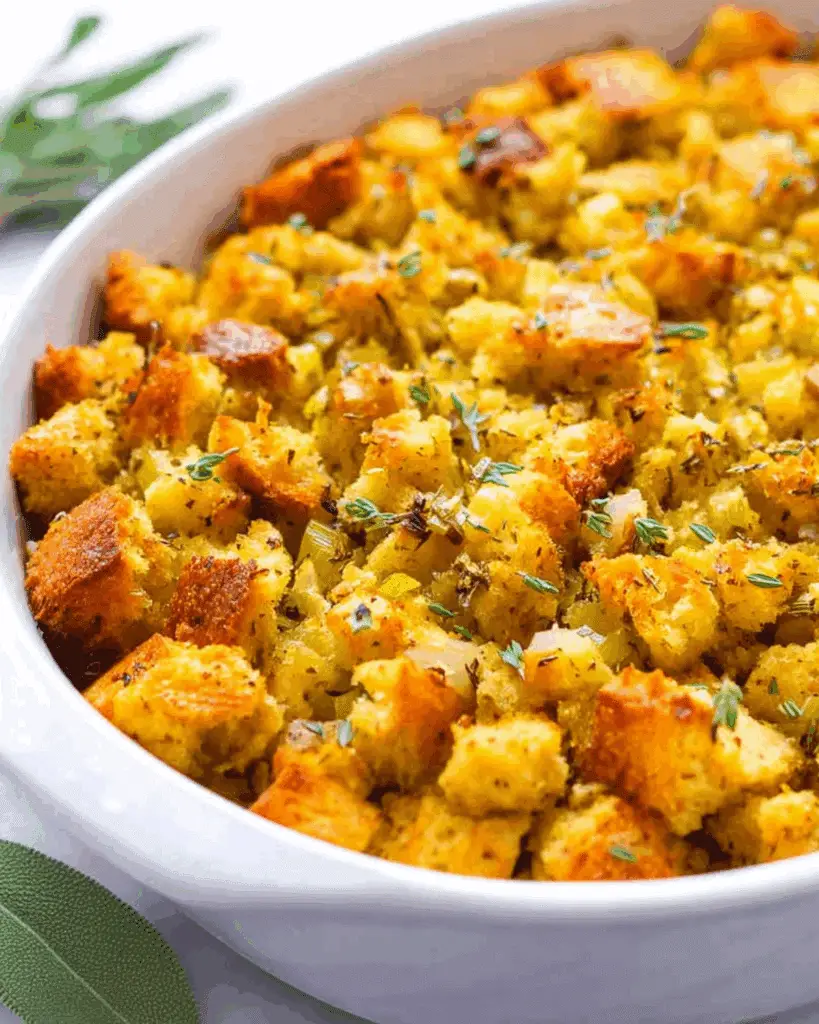
FAQs About Perfect Homemade Stuffing
What is the secret to good stuffing?
The secret lies in three things: properly dried bread, well-balanced seasoning, and the right moisture level. Garlic croutons add texture and flavor, fresh herbs like sage and thyme provide depth, and the right amount of broth keeps it moist but not mushy. Butter-cooked aromatics like onion and celery bring it all together beautifully.
Can you make stuffing the day before?
Yes, and it’s highly recommended if you’re prepping for a holiday meal. Assemble the stuffing the day before, cover, and refrigerate. On the day of serving, bring it to room temp and bake. If it seems a bit dry, add a splash of broth before placing it in the oven.
Is stuffing better with or without eggs?
This recipe doesn’t need eggs—it gets its moist texture from broth and butter. Eggs can help bind, but many stuffing lovers prefer the tender, chunkier texture you get without them.
Can you use any kind of bread for stuffing?
Technically yes, but the best stuffing comes from crusty, hearty breads like sourdough, French bread, or rustic white loaves. Avoid soft sandwich bread—it absorbs too much liquid and breaks apart easily. Learn more about bread choices in our Crusty Batard Bread Recipe.
What can I add to stuffing for more flavor?
Try sautéed mushrooms, ground sausage, dried cranberries, or diced apples. Each brings a unique twist—savory, sweet, or earthy. Toasted nuts like pecans or walnuts also add crunch. Make sure to taste your mix before baking and adjust herbs or salt if needed.
Final Thoughts on Making Perfect Homemade Stuffing
Whether you’re hosting Thanksgiving dinner or simply craving a comforting side dish, perfect homemade stuffing delivers big on flavor, texture, and nostalgia. It’s easy to make, endlessly customizable, and guaranteed to impress.
So ditch the boxed mix—once you try this from-scratch recipe, you’ll never look back. Don’t miss our Oven Baked Chicken and Rice for another hearty main that pairs beautifully with stuffing.
PrintPerfect Homemade Stuffing
A classic, savory homemade stuffing recipe made with garlic croutons, buttery aromatics, and fresh herbs. Perfect for Thanksgiving or any festive meal.
- Prep Time: 15 mins
- Cook Time: 50 mins
- Total Time: 1 hr 5 mins
- Yield: 4 to 5 servings
- Category: Side Dish
- Method: Baking
- Cuisine: American
- Diet: Vegetarian
Ingredients
- 8 ounces homemade garlic croutons (about 6 cups)
- 4 tablespoons (57g) butter, plus more for greasing
- 1 medium onion, finely chopped (1½ cups)
- 3 celery stalks, finely chopped (1½ cups)
- 2 garlic cloves, minced (2 teaspoons)
- 1¾ cups (415ml) chicken or vegetable broth
- 1 teaspoon chopped thyme
- 1 teaspoon chopped sage
- 2½ tablespoons chopped parsley
- 1/8 teaspoon ground black pepper
- 1/4 to 1/2 teaspoon fine sea salt
Instructions
- Preheat the oven to 350°F (177°C). Grease a 1½ to 2-quart baking dish with butter.
- Melt the butter in a large skillet over medium heat.
- Add onion, celery, and garlic. Cover and cook until translucent, about 5 minutes.
- Pour in the broth and bring to a simmer.
- Stir in the garlic croutons and cook for 5 minutes, gently mixing to coat.
- Add thyme, sage, parsley, and black pepper. Taste and adjust salt as needed.
- Transfer the stuffing to the greased baking dish and bake uncovered for 40 minutes, rotating the dish halfway through baking.
- Let rest for 5–10 minutes before serving to allow it to firm up.
Notes
- Use homemade garlic croutons for best flavor and texture.
- If using plain bread, toast cubes in the oven for 10–20 minutes before using.
- Prepare stuffing a day ahead and refrigerate; bake when ready to serve.
- Do not overpack the stuffing in the dish to allow for even baking.
- For a vegetarian version, use plant-based butter and vegetable broth.
Nutrition
- Serving Size: 1/4 of recipe
- Calories: 268
- Sugar: 5.8g
- Sodium: Not specified
- Fat: 13.3g
- Saturated Fat: 7.6g
- Unsaturated Fat: Not specified
- Trans Fat: Not specified
- Carbohydrates: 31.8g
- Fiber: 3.9g
- Protein: 6.9g
- Cholesterol: 638.8mg

